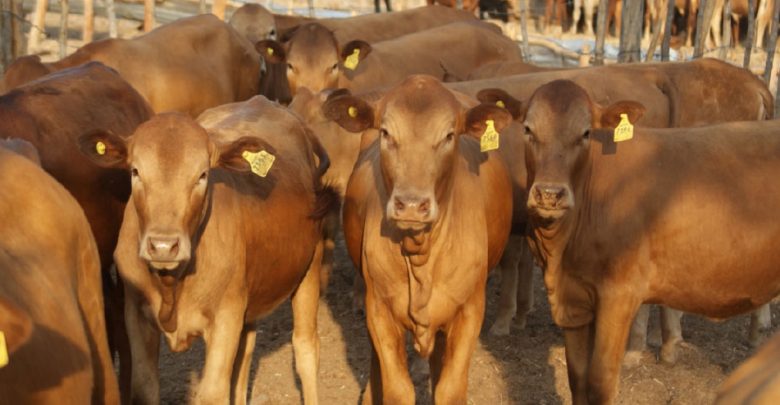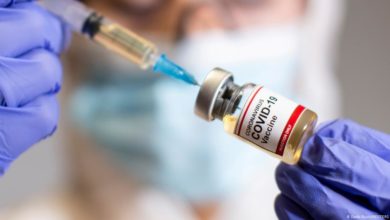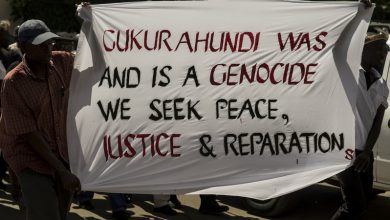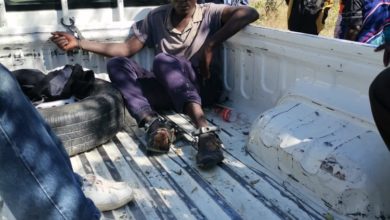Matabeleland livestock in dire situation

CATTLE in the drought-prone region of Matabeleland now require close attention, with a number of them having since deteriorated in condition as a result of diminishing pastures and water sources, CITE has established.
Poor rains experienced across the country in the past consecutive two seasons have seen the southern parts of the country’s livestock sector being the hardest hit by drought.
For example, Matabeleland South lost over 15 000 cattle in the runner-up to the 2019/2020 agricultural season.
Cattle have traditionally been valued as a symbol of wealth in Matabeleland, with Matabeleland South in particular having been in the past considered the Brazil of Zimbabwe because of the province’s quality beef.
Farmers who spoke to CITE said cattle in the region now required close attention, urging responsible authorities to chip-in with the necessary assistance to avert the looming disaster.
“We are now living in fear of losing our livestock,” said Earnest Ndlovu of the Matabeleland Agricultural Business Chamber (MABC).
“The pastures have diminished considering we did not get enough rains in the past cropping season. Cattle have not started succumbing to the drought although their condition is not good at all.”
He added: “Goats, by virtue of being browsers, are however still in good condition.”
Another farmer, Jonathan Nsingo in Insiza, Matabeleland South, called upon the government to assist them with stock feed.
“Our cattle are now thin; pastures are drying up; dams are fast running dry,” he lamented. “We are appealing for government assistance in securing stock feed. It is nowhere to be seen on this side in Filabusi.”
Meanwhile, the government has said it was developing a strategy to build the country’s national cattle herd, which has remained stagnant at 5.4 million due to years of neglect.
Cattle farmers in Matabeleland, who continue to lose their livestock to droughts annually, have accused the government of prioritising crops over animals in the agricultural sector.
Presenting his 2020 mid-term fiscal policy review last month, Finance and Economic Development Minister, Mthuli Ncube, said that was being corrected.
“Previous government efforts paid more attention to crop production with minimal support for livestock,” he acknowledged.
“As a result, the country’s cattle herd has remained stagnant at around 5.4 million cattle as at January 2020, also reflecting the impact of drought, forced destocking and diseases.”
He said the government would now seriously look into how the livestock sector was developed.






